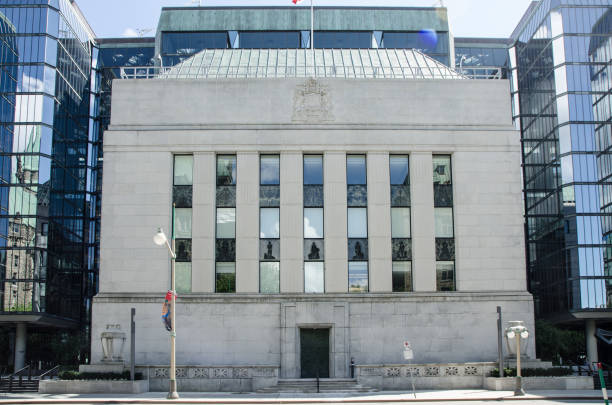The Bank of Canada maintained the overnight rate at 5.0%, while stating that it will continue with Quantitative Tightening (QT).
In its quarterly Monetary Policy Report (MPR), the Bank upgraded its economic growth forecast, stating “this largely reflects both strong population growth and a recovery in spending by households. Residential investment is strengthening, responding to continued robust demand for housing. The contribution to growth from spending by governments has also increased.”
On the inflation outlook, the BoC mentioned that inflationary pressures have eased. It highlighted that the “easing in price pressures (are) becoming more broad-based across goods and services”. It also stated that it “expects CPI inflation to be close to 3% during the first half of this year, move below 2½% in the second half”. While its inflation forecast in the MPR is slightly lower at the end of 2024, the 2025 forecast remained unchanged.
On the future path of policy, the Bank needs more confirmation of the recent inflation trend before it will adjust rates. It said that “while inflation is still too high and risks remain, CPI and core inflation have eased further in recent months. The Council will be looking for evidence that this downward momentum is sustained.”
Key Implications
The BoC remains steadfast in its desire to maintain rates at the current 5% level. It can justify this stance based on its upgrade to economic growth, while still expecting inflation to remain somewhat elevated over the coming months. This economic backdrop (alongside an upgrade to the neutral rate) affords the central bank more time to observe how inflation evolves, allowing it to gain greater confidence that price pressures have been tamed before it decides to cut its policy rate.
Market pricing is still holding onto hope for a June cut (~50%), but July (our call) is becoming more likely. Even though inflation has moved within the BoC’s 1% to 3% target range over the last few months, markets have become more cautious on the timing of cuts. While some of this is coming from the inflation warning in recent U.S. CPI prints, strong Canadian economic growth to start 2024 has been the main driver. And while spending data have been encouraging, we question how long this will last, especially with the labour market having started to come under pressure in March. Should economic growth weaken further and inflation remain on its current trajectory, we could see the BoC readying markets for the cuts in short order.









